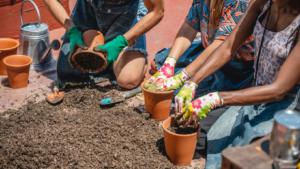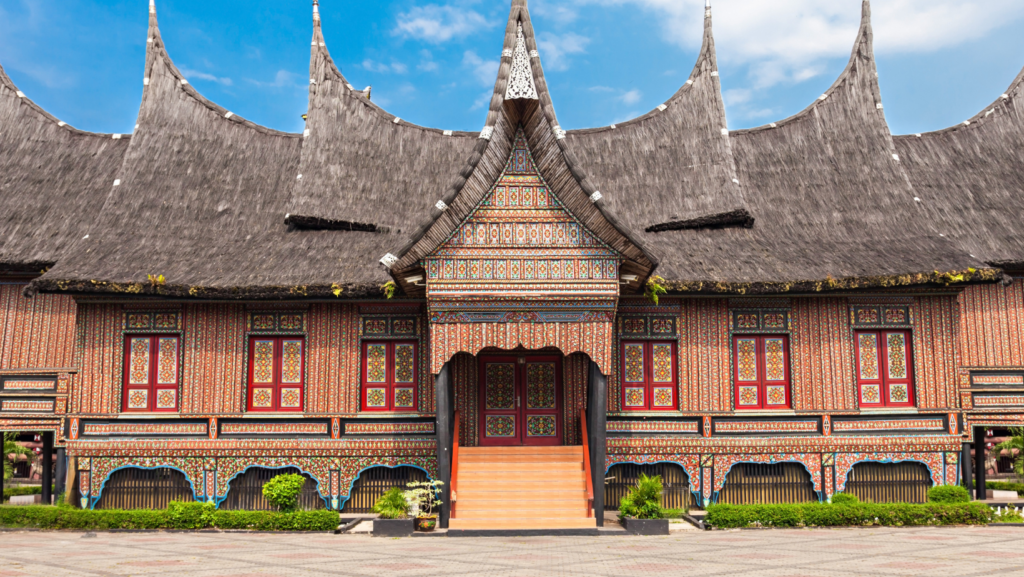In an ever-evolving world, where modernity often takes center stage, the significance of local heritage remains a vital thread in the fabric of society. Local heritage encompasses the unique cultural, historical, and natural attributes that define a community’s identity. It’s more than just ancient buildings or traditional crafts; it’s the stories, customs, and landscapes that have shaped a community over generations.
Understanding local heritage is crucial for preserving the essence of a place and fostering a sense of belonging among its residents. It provides a window into a community’s past while enriching its present and future. By exploring what constitutes local heritage, individuals can appreciate the diverse elements that contribute to their community’s distinctiveness and resilience. This exploration not only strengthens communal bonds but also enhances cultural tourism and sustainable development, ensuring that the legacy of the past is cherished and sustained for future generations.
Local Heritage Definition

Local heritage definition encompasses tangible and intangible elements that contribute to a community’s character. These elements include physical structures such as buildings and monuments, as well as traditions, practices, and language. Statues, traditional festivals, and dialects serve as examples of local heritage.
A significant aspect of local heritage involves the historical context that these elements provide. They offer insights into the evolution of a community and its values, connecting people with their ancestors’ experiences and aspirations. Historical districts and oral histories illustrate this connection effectively.
Local heritage also plays a crucial role in education. It provides learning opportunities about cultural diversity and historical significance, fostering respect and understanding among different groups. Educational programs, museums, and cultural events promote local heritage awareness.
Finally, local heritage supports community identity and cohesion. By preserving and celebrating shared heritage, communities strengthen their social bonds. Restoration projects, community gatherings, and heritage walks exemplify efforts to maintain these bonds.
Historical Perspective on Local Heritage
Local heritage has roots in communities’ shared histories and cultural practices. It evolves with societal changes while preserving its core elements.
Origins and Evolution

The concept of local heritage originates from a desire to preserve a community’s unique history. In early civilizations, people built structures and created art that reflected their distinct cultural identities. Local heritage evolved through various phases, adapting to external influences, such as trade and migration. As societies developed, documentation methods like written records and oral traditions became vital for maintaining cultural narratives.
Influence of Culture and Society
Culture and society significantly impact local heritage definition. Cultural exchanges introduce new elements, enriching local customs and traditions. Societal values, such as community pride and identity, shape how heritage is valued and preserved. Festivals and celebrations often reflect a blend of historical influences, demonstrating the dynamic nature of culture in shaping local heritage. These interactions ensure heritage remains relevant, adapting to contemporary contexts while honoring its origins.
Components of Local Heritage
Local heritage includes varied components that reflect a community’s unique identity. It’s divided into tangible aspects and intangible elements.
Tangible Aspects

Tangible aspects encompass physical objects and sites, such as buildings, monuments, and artifacts. These elements offer a glimpse into a community’s architectural styles, historical milestones, and artisanal crafts. Historical districts often preserve original structures showcasing various architectural influences like Gothic and Victorian styles. Museums house artifacts that narrate stories of past sociocultural practices, while preserved landscapes highlight the natural environment’s role in shaping local identities. Monuments stand as testaments to historical events, providing educational insights into past societal contributions.
Intangible Elements
Intangible elements refer to the cultural expressions, practices, and traditions that are not physically manifested. These include oral histories, languages, folklore, and rituals passed down through generations. Traditions such as festivals reflect the community’s collective psyche, highlighting shared beliefs and values. Language serves as a cultural repository, maintaining the nuances of ancestral communication. Oral histories provide personal and communal narratives, linking current generations with their lineage’s experiences and teachings. Rituals, such as traditional dances or ceremonies, reinforce social ties and community identity, adapting while retaining their core cultural significance.



